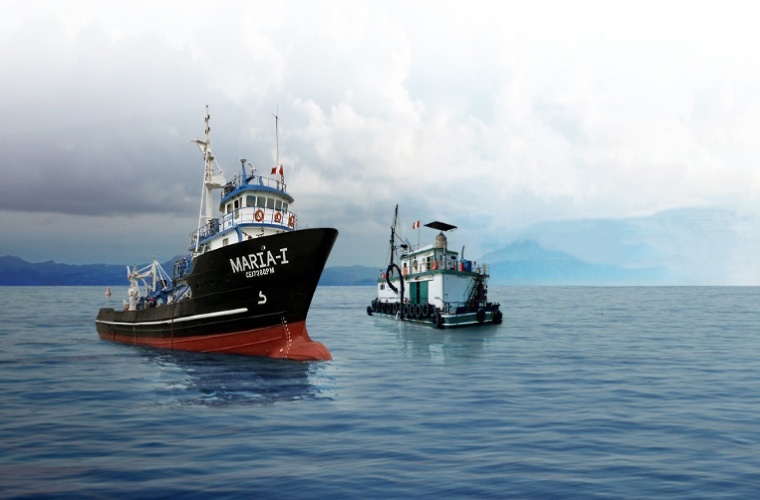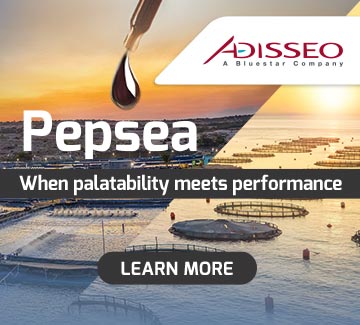
Peru’s second 2025 anchoveta fishing season in the North-Centre zone begins with one of the most influential decision for global aquaculture. The Ministry of Production (PRODUCE) has set a Maximum Total Allowable Catch (MTAC) of 1.63 million metric tonnes of anchoveta, a figure substantially higher than the provisional quota announced on 1 November, confirming the country’s commitment to evidence-based management.
The announcement comes after the completion of Operation EUREKA LXXVII, the biological assessment cruise led by IMPARPE, which determines biomass distribution and oceanographic conditions before the final quota is set. The decision places the MTAC at a level similar to that of late 2023, although below the allocation authorized in the four quarter of 2024.
Peruvian anchoveta is the largest single-species fishery on the planet and the main global source of fishmeal and fish oil. Peru alone supplies between 20% and 30% of world production of these ingredients, which are essential for feeding fish, crustaceans and other farmed aquatic animals.
In a statement, IFFO – The Marine Ingredients Organisation noted that the quota allows them to maintain their 2025 global projections of 5.6 million tonnes of fishmeal and fish and between 1.2 and 1.3 million tonnes of fish oil.
By September 2025, global fishmeal production has risen by 8% year-on-year, and fish oil output by 6% with Peru being one of the few countries where these increases were not greater due to lower yields in the first season of the year. The new quota helps to ease that gap.
The announcement also has an immediate impact on China, the world’s largest buyer of fishmeal and fish oil. Domestic Chinese production of marine ingredients has slowed in 2025 just as the peak aquafeed season was drawing to a close, while cumulative demand over the year has exceeded 2024 levels. The balance generated by the Peruvian quota prevents severe tensions in the Asian market and provides stability to aquaculture producers worldwide.
The new quota of 1.63 million tonnes sends a message of confidence, predictability and science-based management to a global industry that depends on Peru to maintain stability. In doing so, Peru reaffirms its role as a central player in global marine ingredient supply at a time when climate pressures and shifting ocean patterns threaten the future of forage fisheries on a planetary scale.
The future of aquaculture – and a significant share of the planet animal’s protein supply – will depend on the ability to continue combining sustainable management, feed innovation and climate resilience.


